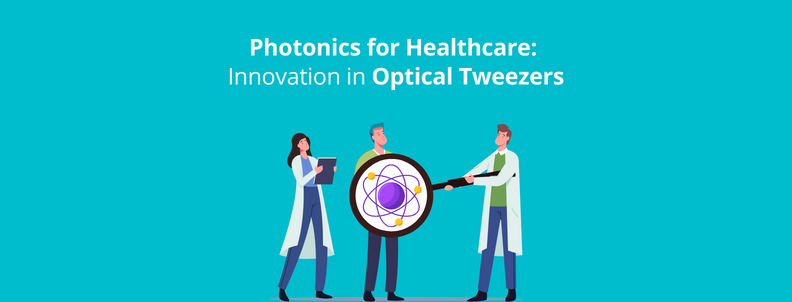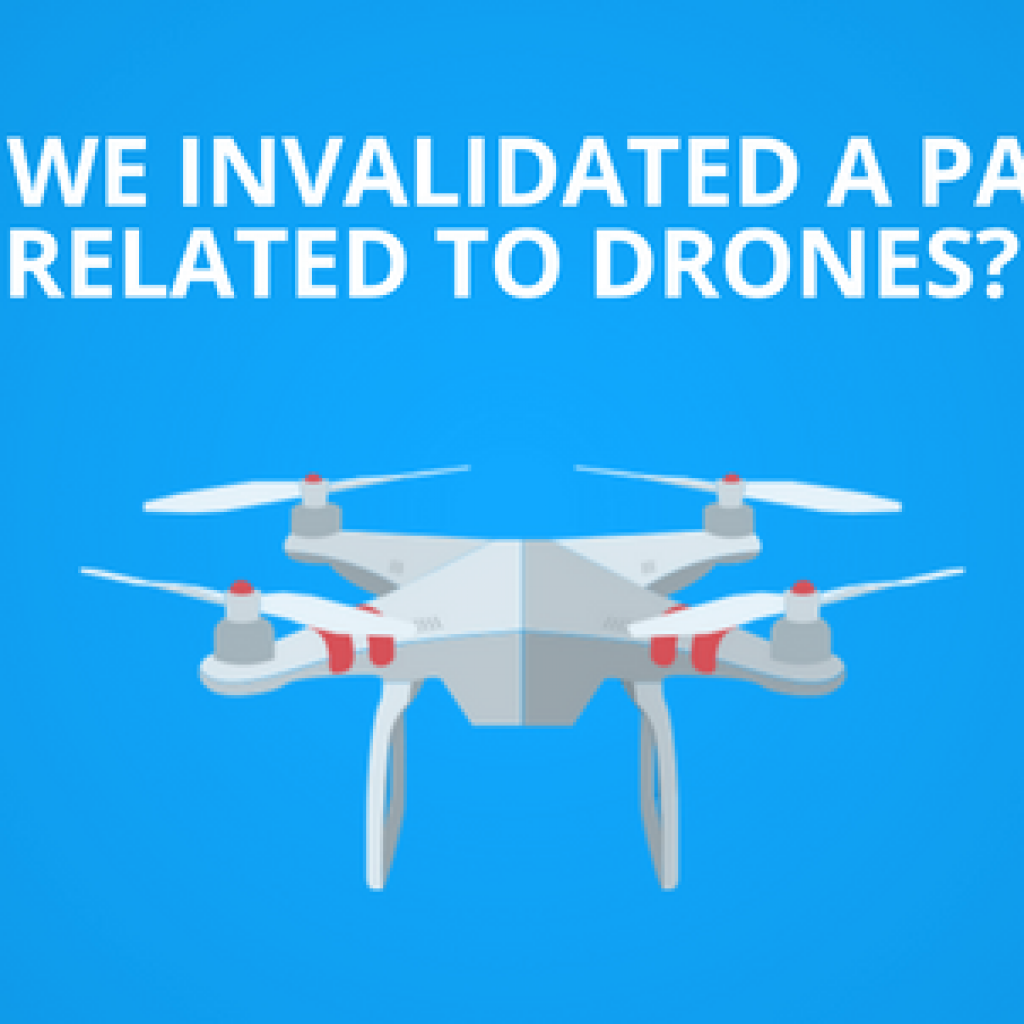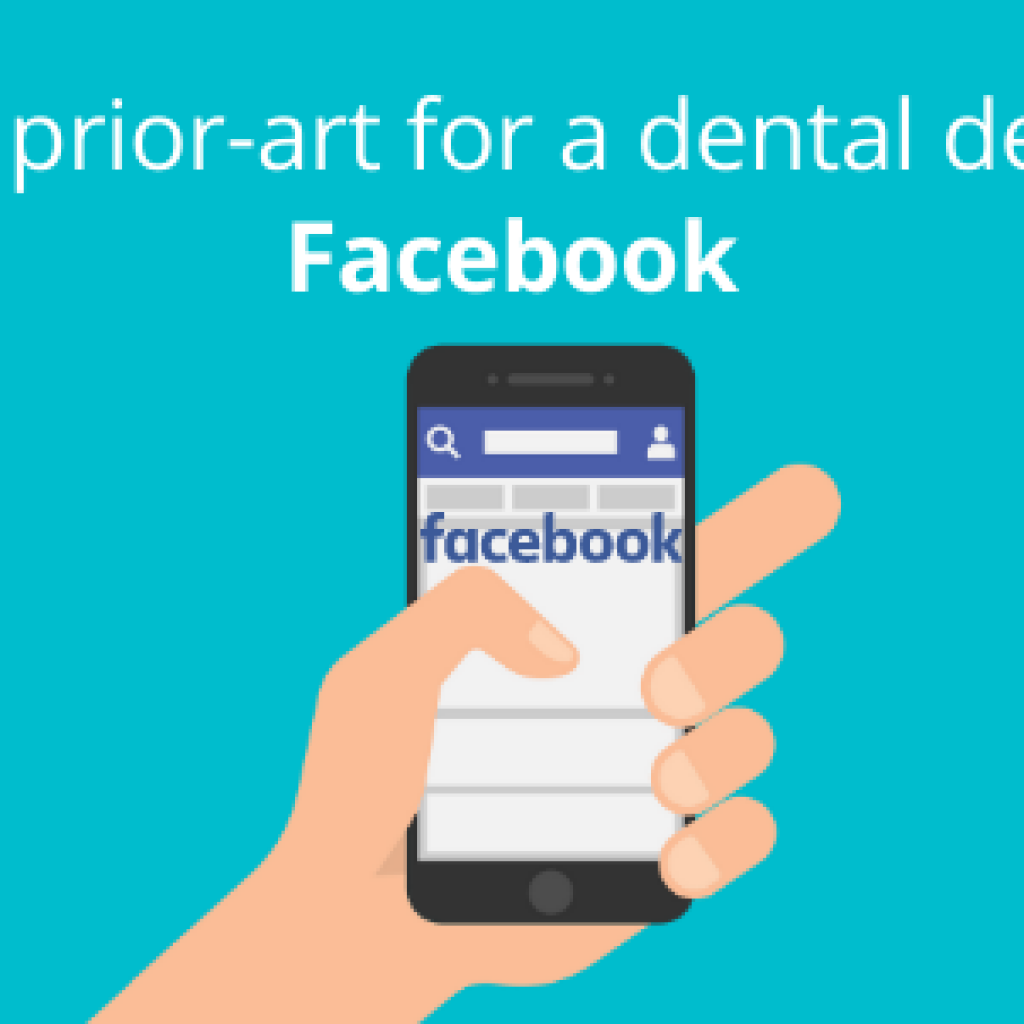Photonics and medicine’s relationship is not just limited to medical imaging technologies like MRI. Photonics in healthcare aims to keep up with the rising worldwide need for rapid, precise, personalized, and cost-effective healthcare treatments.
In the 21st century, scientists have explored all possible avenues of applying photonics – from healthcare to revealing the universe’s secrets. Furthermore, the application of photonics has yielded promising results. But is photonics in healthcare a recent development?
A Brief History of Photonics in Healthcare
From Newton to Einstein, many prominent scientists have studied the physics and physiology of light. However, the word ‘photonics’ only came around 1960, when Theodore Maiman invented the first working laser. [Source, Source].
That said, the use of light in biology and healthcare goes further back in time. In the 17th century, Antony van Leeuwenhoek made his first microbial observation using single lenses. In 1903, Niels Ryber Finsen got the Nobel Prize in medicine for treating diseases, specifically lupus vulgaris, the most common form of cutaneous tuberculosis in Europe, with concentrated light radiation [Source]. Recently, the 2018 Nobel Prize in physics was awarded for optical tweezers and their applications in biology [Source, Source]. Owing to the extensive applications of photonics in healthcare, the term ‘Biophotonics’ has also come into vogue, which is a term denoting the study of biology and photonics in conjunction.
In this article, we aim to cover some of the recent developments regarding the application of optical tweezers, a 2018 Nobel-winning invention in healthcare. We believe that the application areas and insights highlighted in this article will hopefully lead to an accelerated R&D of optical tweezers and their adoption in the healthcare sector.
If you wish to attain an extensive study of the domain personalized to your business strategy and customer needs. Fill out the form below:
An advancement in Biophotonics – Optical Tweezers
At one point, using light particles, i.e., photons, to pick physical objects was just science fiction. However, with Arthur Ashkin’s efforts, fiction soon became fact, when in 1987, he could capture living bacteria without harming them using optical tweezers. Optical tweezers grab particles, atoms, viruses, and other living cells with laser beam fingers. The laser light pushes small particles towards the center of the beam and holds them there. And once Ashkin had used optical tweezers to pick live bacteria, wider applications in biological systems opened.
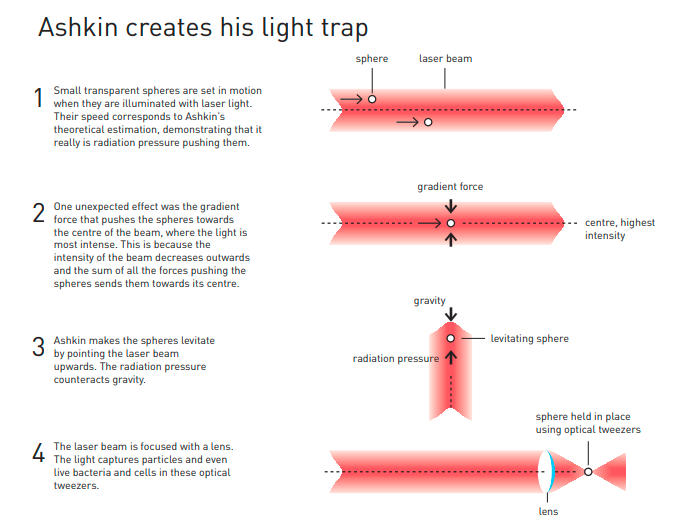
Source: Johan Jarnestad/The Royal Swedish Academy of Sciences
Recent Innovations in Optical Tweezers for Healthcare
Without a doubt, Optical tweezers are a big breakthrough in the Biophotonics field. However, the technology depends on a difference in the refractive properties of the trapped particle and the surrounding environment. Additionally, there are other challenges, such as limits on the force that can be generated using optical tweezers and limits on the size of particles that can be trapped. These challenges leave room for innovation in the application of technology, and here are some recent innovations in optical tweezers for healthcare.
1. Scientists in recent research have shown that by using the lanthanide-doped nanoparticles, optical tweezers can also be used to manipulate intracellular organelles. [Source]
The primary principle behind the working of optical tweezers is the difference in the refractive index mismatch between a trapped object (i.e., the object that needs to be picked up using optical tweezers) and its surrounding medium. Thus, it is difficult to trap objects with low-refractive-index like intracellular organelles optically. [Source] To solve this, the researchers from the University of Technology Sydney, Sun Yat-sen University, The University of New South Wales, and Southern University of Science and Technology, Shenzhen, China, partnered. The scientists stained the membranes of HeLa cells with Yb3+-doped nanoparticles. They utilized 976.5- and 808-nm lasers (the latter as a control) to trap a single HeLa cell in a culture medium. Lanthanide-doped nanoparticles generate limited heat compared to gold nanoparticles, thus making it possible to optically manipulate biological samples without damaging them.
2. Michigan State University is investigating using Optical Tweezers to cure cancer.

A 2020 Michigan State University research investigated optical tweezers’ use in curing cancer. The researchers used optical tweezers to push, pull, and hold individual strands of telomerase enzyme and analyze how they work in real time. Telomerase is an enzyme that enables stem cells involved in replenishing human tissues and blood to continue working throughout the lifespan of individuals. When telomerase malfunctions, it can lead to cancer and premature aging conditions. [Source]
3. Scientists from the Indian Institute of Science, Bangalore, have developed a light-sheet optical tweezer that can trap multiple particles at once.
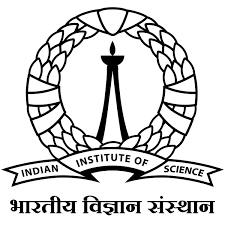
Conventional optical tweezers are essentially point traps and can only trap one particle at a time. To resolve this, scientists from the Indian Institute of Science, Bangalore, developed a light sheet-based optical tweezer to trap dielectric particles and live HeLa cells (a human cervical carcinoma cell line). They utilize a tightly focused diffraction-limited light sheet generated with the help of a combination of a cylindrical lens and a high numerical aperture (NA) objective lens.
The Lightsheet optical tweezer (LOT) developed by scientists can trap multiple objects simultaneously. The tweezer was also used to trap and pattern live HeLa cells in various shapes and structures. The scientists believe that the tweezers can be used to study constrained dynamics of microscopic particles and help understand patterned cell growth. Patterned cell growth is critical during the initial development stages in multicellular organisms. It ensures that cell growth is happening at a healthy rate. If this cell growth is uncontrolled, it usually indicates cancer. [Source]
Conclusion
In recent years, research on photonics in healthcare has grown exponentially, and optical tweezers are the result. In conjunction with artificial intelligence, photonics is helping physicians identify the types and stages of cancers, the efficacy of treatments, and more. A deep dive can help you identify probable breakthroughs in the field of healthcare using photonics and how they can be used to your business advantage.
Experience GreyB’s Technology Scouting Service

Authored by: Nidhi Balodi, Analytics Team

